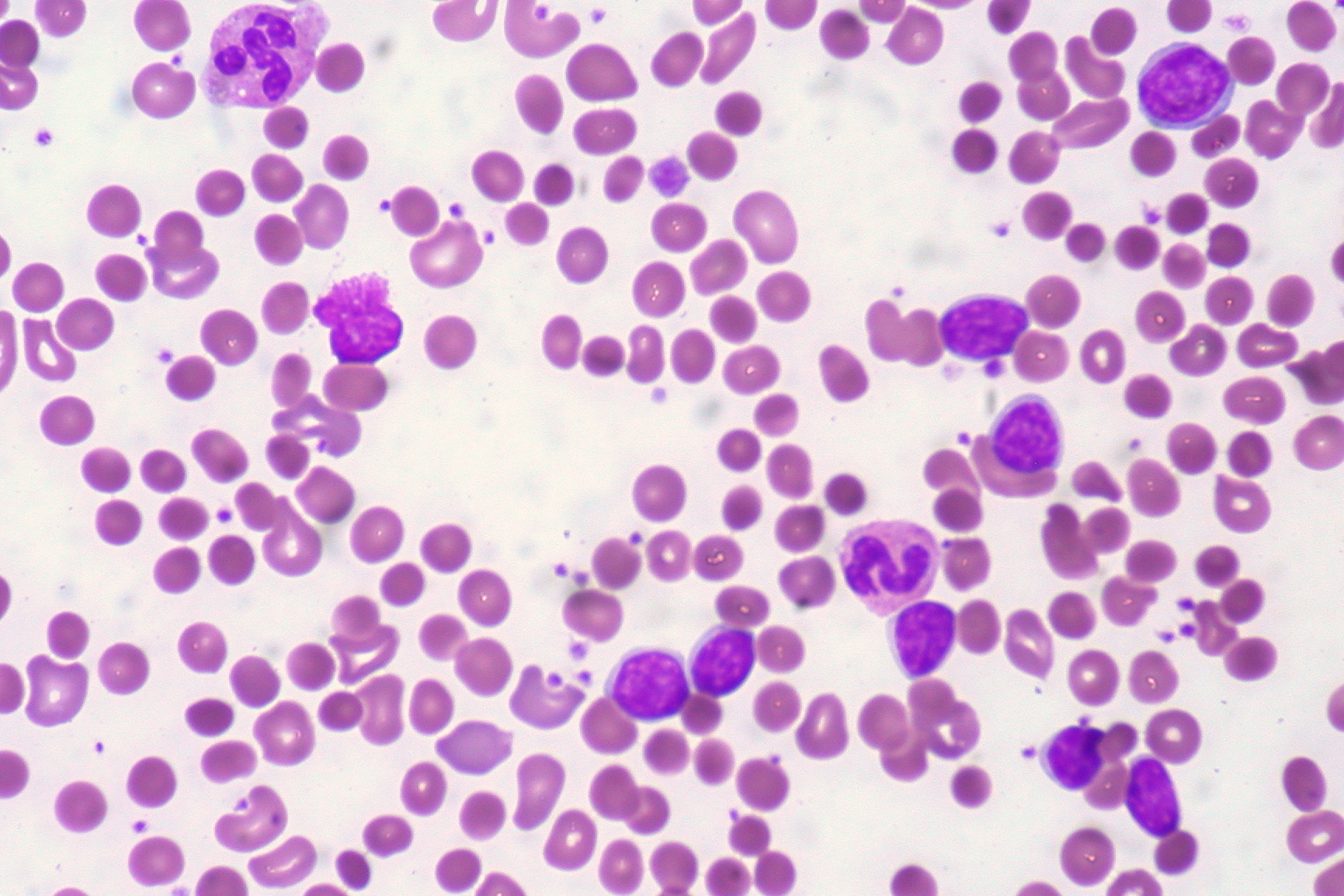Playlist
Show Playlist
Hide Playlist
Hemolytic Anemia: Clinical Features
-
Slides HemolyticAnemia RedBloodCellPathology.pdf
-
Reference List Pathology.pdf
-
Download Lecture Overview
00:00 What I’m going to do here, ladies and gentlemen, I’m going to name a feature, you will tell me if it’s intra or extravascular hemolysis. 00:07 Are you ready? Hemoglobinemia equals hemoglobinuria, intra or extravascular? Intra. 00:16 Good. 00:17 Jaundice, significant jaundice, intra or extra, tell me? Extra. 00:24 I said significant jaundice. 00:26 Good. 00:27 Decreased serum haptoglobin, intra or extra? Intra. 00:33 Good. 00:34 Why? Hemoglobin’s released. 00:36 It binds to haptoglobin. 00:39 Haptoglobin levels will decrease in intravascular. 00:42 LDH, non-specific. 00:46 Pigment stones, cholelithiasis, extravascular, are you with me? Good job. 00:54 Hepatosplenomegaly, more so in which type of hemolysis? I can’t hear you. 01:00 Extravascular, nice job!. 01:01 All right, so go through these clinical features see if you’ve understood everything that I’ve talked about, you should be able to go through this quickly, bam, bam, bam. 01:09 If you’re not able to do that, that’s okay. 01:11 Go back to the previous discussion and lay it on the foundation before we move on.
About the Lecture
The lecture Hemolytic Anemia: Clinical Features by Carlo Raj, MD is from the course Hemolytic Anemia – Red Blood Cell Pathology (RBC).
Included Quiz Questions
Which of the following statemets regarding serum haptoglobin levels and the type of hemolytic anemia is most accurate?
- Decreased haptoglobin levels are observed in intravascular hemolysis
- Decreased haptoglobin levels are observed in extravascular hemolysis
- Increased haptoglobin levels are observed in extravascular hemolysis
- Increased haptoglobin levels are observed in intravascular hemolysis
- Haptoglobin levels do not change during hemolysis.
Customer reviews
5,0 of 5 stars
| 5 Stars |
|
5 |
| 4 Stars |
|
0 |
| 3 Stars |
|
0 |
| 2 Stars |
|
0 |
| 1 Star |
|
0 |




